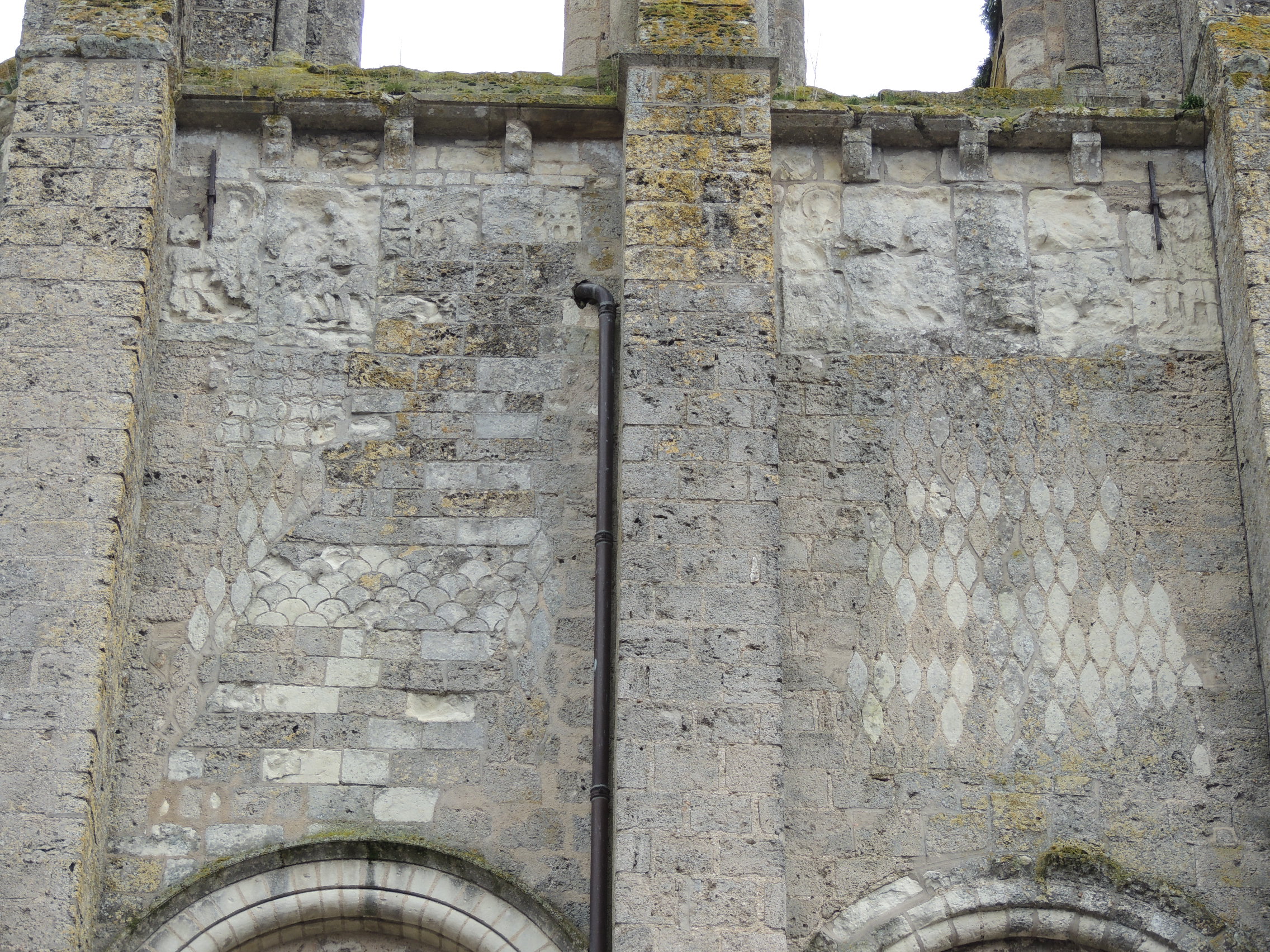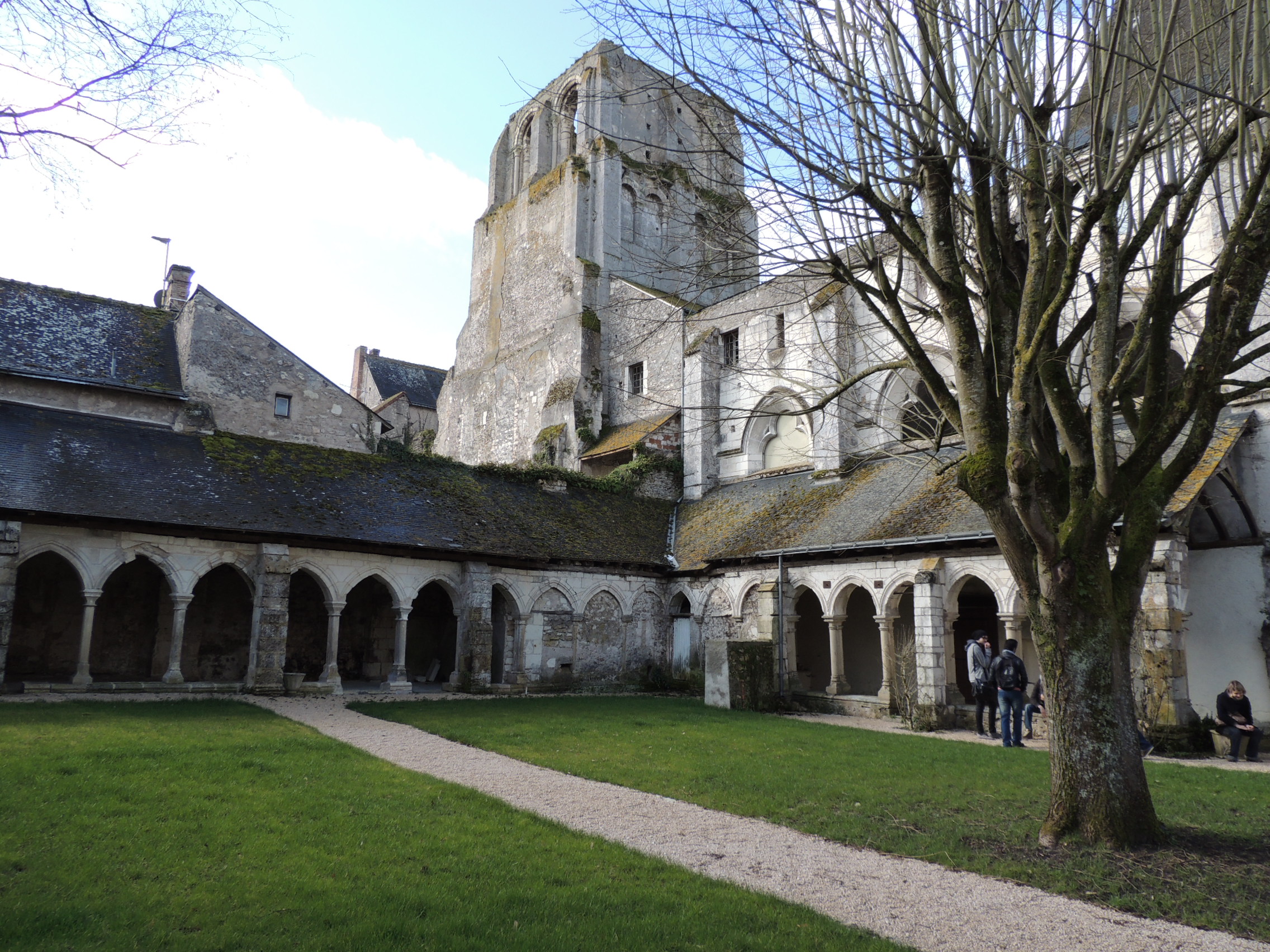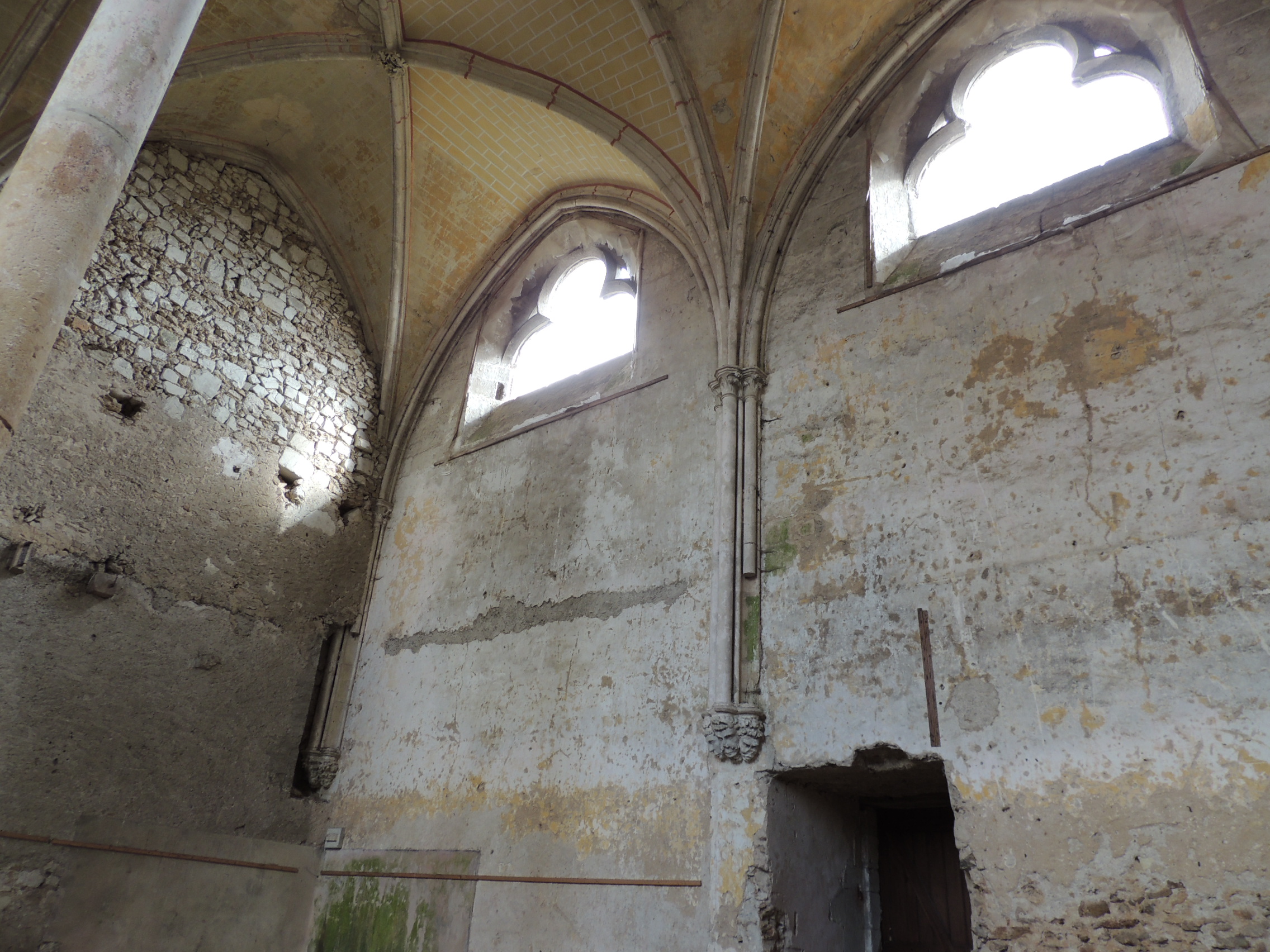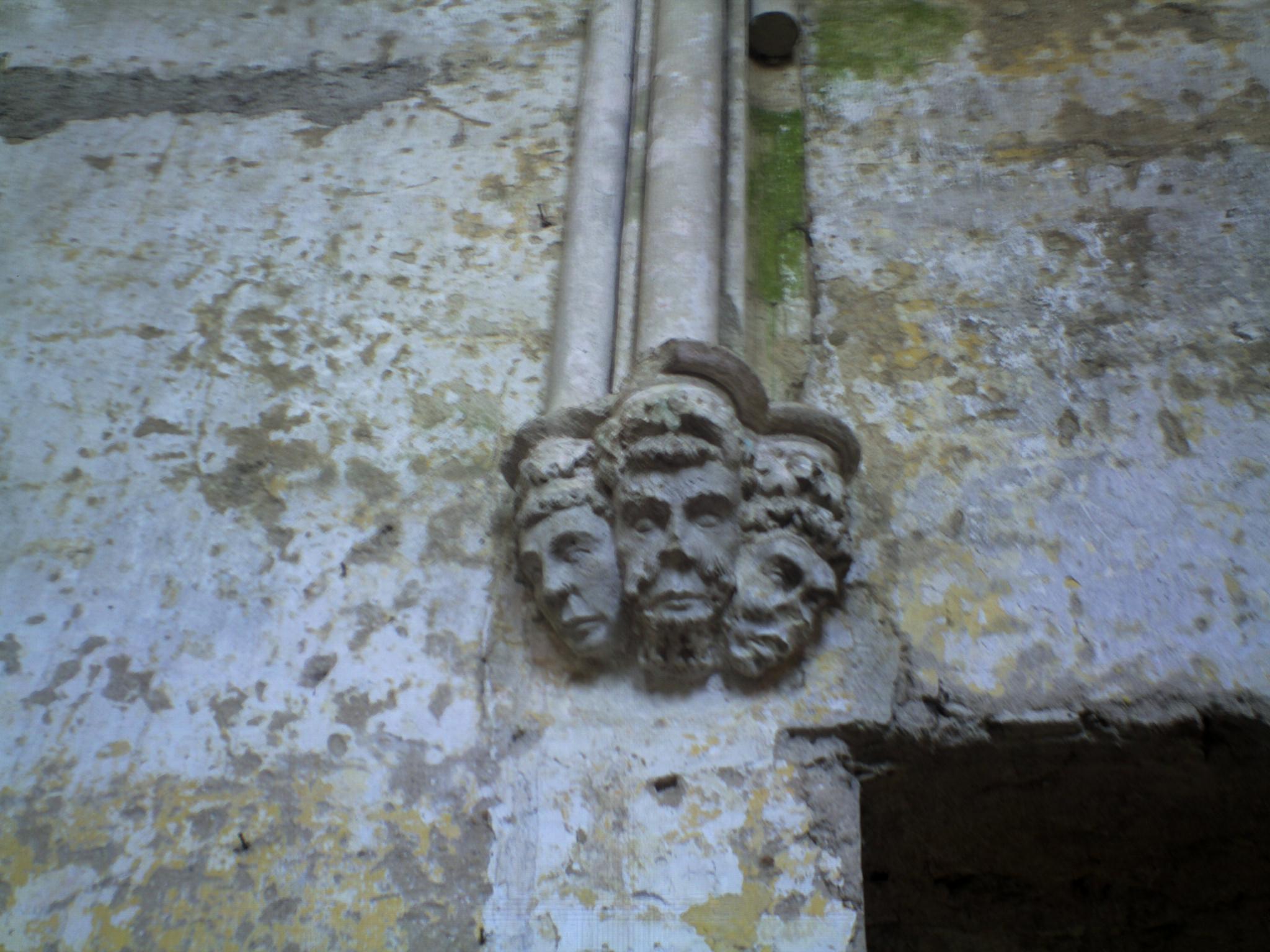En 791, Ithier, abbé de Saint-Martin de Tours et chancelier de Charlemagne, établit une cella, sur l’Indre, à une vingtaine de km au sud-est de Tours. Il s’agit d’un lieu de retraite, et une sorte de prieuré, pour Ithier lui-même et pour les clercs de la Basilique. En 796, Alcuin est installé comme abbé à Saint-Martin par Charlemagne. Alcuin poursuit l’oeuvre d’Ithier à Cormery en fondant à la place de la cella un monastère bénédictin avec des moines envoyés du Languedoc par Benoît d’Aniane. Le monastère est placé sous le patronage de saint Paul auquel est consacré l’autel majeur ; on trouve aussi dans l’église abbatiale un autel saint Pierre et un autel saint Martin. Le successeur d’Alcuin, Fridugise, entreprend des constructions pour assurer la vie monastique selon la Règle de saint Benoît. En 831, est élu le premier abbé de Cormery en propre, Jacques Ier.
On observera que Cormery a été fondé par les abbés de Saint-Martin avec, à l’origine, des biens issus des domaines de Saint-Martin.
Par la suite, l’abbé de Cormery a toujours reconnu une forme de dépendance à l’égard de Saint-Martin, alors même qu’il s’agissait d’une abbaye bénédictine, et que la Basilique Saint-Martin était un chapitre de chanoines. L’abbaye de Cormery a maintenu ce lien avec la Basilique jusqu’à sa disparition lors de la Révolution.
Troisième aspect du thème « saint Martin » : Cormery fut une étape, la dernière, pour les pèlerins qui se rendaient au tombeau de saint Martin depuis le sud-est.

Tour Saint-Paul, la face est était en réalité à l’intérieur de la nef de l’église abbatiale démolie lors de la Révolution.
In 791, Ithier, abbot of Saint-Martin de Tours and chancellor to Charlemagne, established a cella on the Indre River, about 20 km southeast of Tours. It was a place of retreat, and a sort of priory, for Ithier himself and for the clerics of the Basilica. In 796, Alcuin was installed as abbot at Saint-Martin by Charlemagne. Alcuin continued Ithier’s work at Cormery by founding a Benedictine monastery in the place of the cella with monks sent from Languedoc by Benedict of Aniane. The monastery was placed under the patronage of Saint Paul, to whom the main altar was dedicated; there was also an altar of Saint Peter and an altar of Saint Martin in the abbey church. Alcuin’s successor, Fridugise, undertook construction to ensure monastic life according to the Rule of St. Benedict. In 831, the first abbot of Cormery was elected, James I.
It should be noted that Cormery was founded by the abbots of Saint-Martin with, at the beginning, goods from the domains of Saint-Martin.
Subsequently, the abbot of Cormery always recognized a form of dependence on Saint-Martin, even though it was a Benedictine abbey, and the Basilica of Saint-Martin was a chapter of canons. The abbey of Cormery maintained this link with the Basilica until its disappearance during the Revolution.
Third aspect of the « Saint Martin » theme: Cormery was a stopover, the last one, for pilgrims on their way to the tomb of Saint Martin from the southeast.





